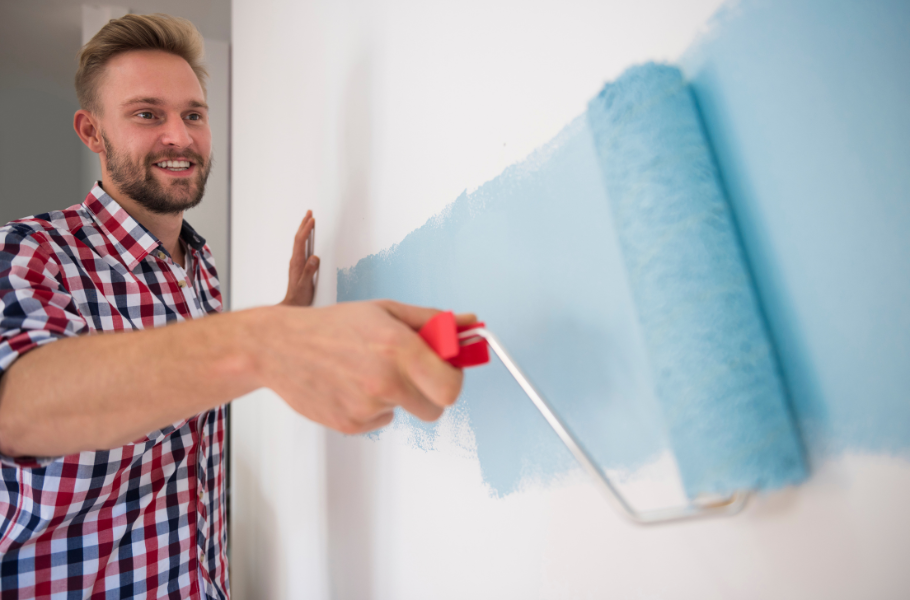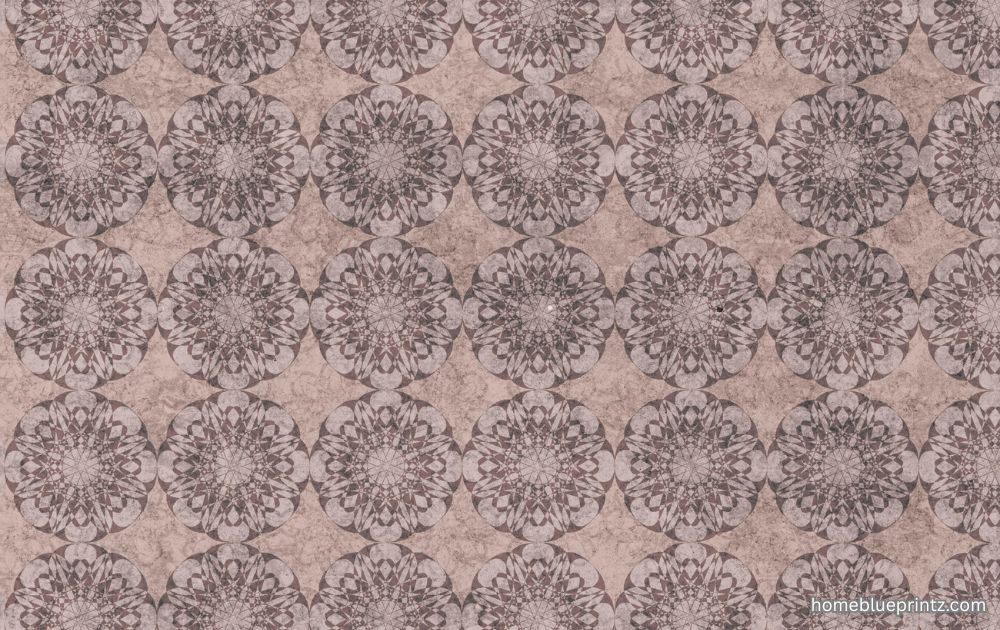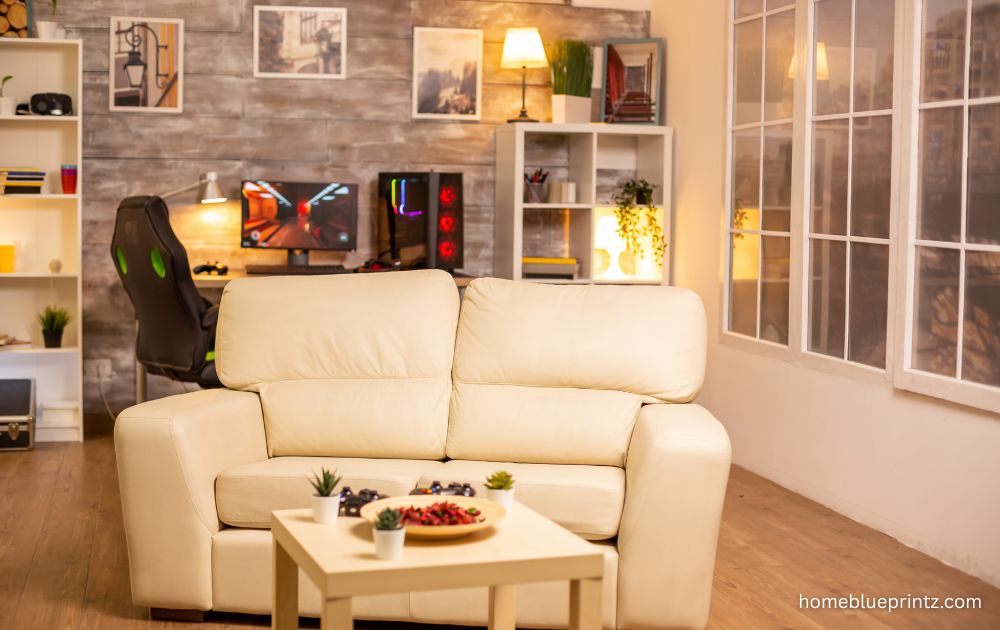Embracing Elegance Why Trim the Same Color as Walls Modern
In the world of interior design, subtle choices often carry the greatest impact. Among these understated yet powerful decisions is the choice to paint the trim the same color as walls, a technique that’s gaining attention for its elegance, simplicity, and ability to transform a room with quiet sophistication.
Traditionally, trims and moldings were painted in bright whites or contrasting tones, serving to frame a space or draw attention to architectural features. But today, more designers and homeowners are moving toward a softer approach, one that focuses on cohesion, serenity, and a seamless visual experience. Choosing trim the same color as walls eliminates harsh contrasts, allowing a room’s shape, light, and mood to take center stage.
The Power of Visual Flow
One of the most compelling reasons for using trim the same color as walls is the sense of continuity it creates. When walls and trim share a uniform tone, the lines between architectural features soften. Door frames, baseboards, and crown moldings blend harmoniously into the space, creating an uninterrupted flow that feels calming and expansive.
This design choice is particularly effective in smaller rooms or spaces with irregular dimensions. By minimizing visual breaks, it subtly enlarges the room, making ceilings feel higher and corners less defined. The result is a space that feels more fluid and connected, an ideal choice for modern living where openness and light are highly valued.
A Minimalist’s Dream
Minimalism in design isn’t just about removing clutter, it’s about refining the visual palette to include only what’s essential and beautiful. Painting trim the same color as walls supports this philosophy by reducing visual noise. There are no jarring lines where trim meets wall, no stark white interruptions in a serene greige or soft taupe environment.
This approach allows the eye to relax and take in the entirety of the room as a single composition. It’s especially effective in homes with natural materials, neutral palettes, and subtle textures, where the absence of contrast brings attention to what truly matters the quality of light, the texture of fabrics, the warmth of wood, or the sheen of stone.
Elevating Architectural Simplicity
Modern homes often feature clean lines, open spaces, and restrained details. In such environments, painting trim the same color as walls enhances architectural simplicity. Rather than competing with furnishings or drawing attention away from natural light, trim becomes part of the structural rhythm of the space.
In older homes, this strategy can also bring surprising results. When used in traditional architecture, a monochrome palette can modernize ornate trims and moldings. It softens elaborate carvings and allows heritage features to remain a part of the room without overpowering it. By painting trim the same color as walls, you give your space a timeless quality that bridges past and present.
Letting Furniture and Art Shine
When trims fade gently into the background, what remains in focus are the objects and stories that fill a room. Artwork, textiles, furniture, and lighting fixtures take center stage. The walls become a quiet backdrop like an artist’s canvas allowing color, contrast, and creativity to emerge more clearly from your chosen decor elements.
This is especially beneficial in art-filled homes or design led spaces where focal points are carefully curated. Instead of being broken up by white moldings or painted borders, the wall becomes an uninterrupted surface for expression. Painting trim the same color as walls allows every object within the space to speak without competition.
Enhancing the Emotional Impact of Color
Color has a profound impact on how we feel in a space. When walls and trim are painted in the same tone, the emotional effect of that color is amplified. A soft, dusty rose feels even more cocooning when it’s used from baseboard to ceiling. A deep navy becomes more enveloping when it wraps every detail of the room in a single shade.
This technique can be used to build mood: serenity in bedrooms, drama in dining rooms, coziness in reading nooks. The choice of color becomes a complete sensory experience. Painting trim the same color as walls intensifies this impact by allowing color to flow without interruption, enveloping the space and its occupants in its ambiance.
Flexibility Across Design Styles
One of the most beautiful things about painting trim the same color as walls is its versatility. It’s not tied to one design style or aesthetic. Whether you’re embracing modern minimalism, rustic elegance, contemporary boho, or Scandinavian warmth, this design choice adapts effortlessly.
In coastal homes, it can enhance the softness of sun-bleached tones. In industrial lofts, it brings balance to raw textures and darker color schemes. In traditional homes, it adds a modern edge to historical features. It’s a design decision that transcends trend, supporting a more intentional and timeless form of expression.
Painting Techniques and Finish
While the color remains consistent, finish can be used strategically to define space. Many designers recommend using the same shade for both Trim the Same Color as Walls but with slightly different finishes. For example, a matte or eggshell finish on the wall can be paired with a satin or semi-gloss on the trim. This adds just enough variation to subtly highlight the architectural details without creating a stark contrast.
The slight shift in sheen can also help with durability in high-touch areas such as doors, window frames, and baseboards. Despite being the same color as the walls, the trim remains practical and protective all while supporting the elegant, unified effect you’re aiming for.
Final Thoughts
Choosing to paint trim the same color as walls is more than a stylistic choice; it’s a reflection of how we’re evolving in the way we live and see our homes. It’s a movement away from the ornamental, and toward the intentional. A way to create spaces that nurture, calm, and uplift without overwhelming the senses. This soft revolution in home design is as much about feeling as it is about form. It invites you to look at your space with fresh eyes not for what stands out, but for what blends beautifully, quietly, and meaningfully. It’s proof that design doesn’t always need to shout to make a lasting impression. Sometimes, the most elegant spaces whisper.
Share this content:














Post Comment